
3-2 #Memories : Motorola has announced a new partnership with Corning; Xiaomi and Leica Camera AG have jointly established Xiaomi x Leica Optical Institute; OPPO is coming back to Europe after resolving a patent dispute with Nokia; etc.

MediaTek has launched the Helio G91 chipset, an upgrade from the Helio G88 introduced 3 years ago. This new system-on-chip (SoC) is designed to boost the performance and capabilities of budget smartphones, offering support for 90Hz FHD+ displays and a significant jump in camera capability to support up to 108MP main cameras, a substantial improvement from the 64MP support in its predecessor. The Helio G91’s octa-core CPU configuration includes two Arm Cortex-A75 cores running up to 2.0GHz for intensive tasks and six Cortex-A55 cores at 1.8GHz for efficiency, coupled with an ARM Mali-G52 MC2 GPU at 1.0 GHz.(Gizmo China, GSM Arena, MediaTek)
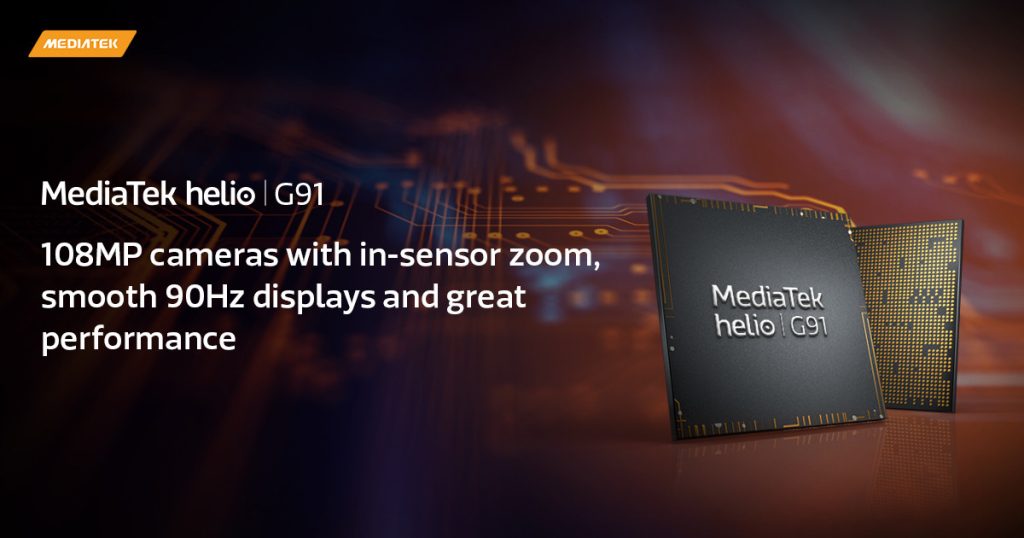
Dutch Minister of Foreign Affairs and Minister of Foreign Trade, Geoffrey van Leeuwen, has expressed fears that ASML’s chipmaking equipment will be used for military purposes in China. That is why the minister has decided to deny the company an export licence. The Trade Minister continued to state that the systems from ASML are used to make advanced semiconductors which can be utilised in “high-value weapons systems and weapons of mass destruction”. (CN Beta, Reuters, SCMP, Evertiq)
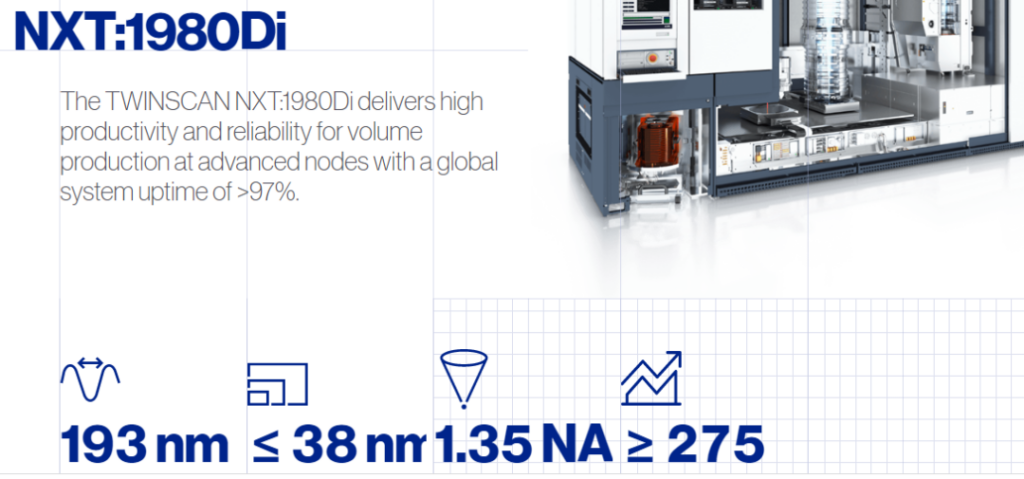
Intel sets an ambitious target of delivering 100M CPUs for AI PCs by 2025, accelerating development in this rapidly growing segment. Intel Vice President of Client Computing Group David Feng has disclosed that the company plans to provide 40M AI PCs in 2024 and another 60M by 2025. (CN Beta, The Verge, Asia Nikkei, Tom’s Guide, WCCFTech)
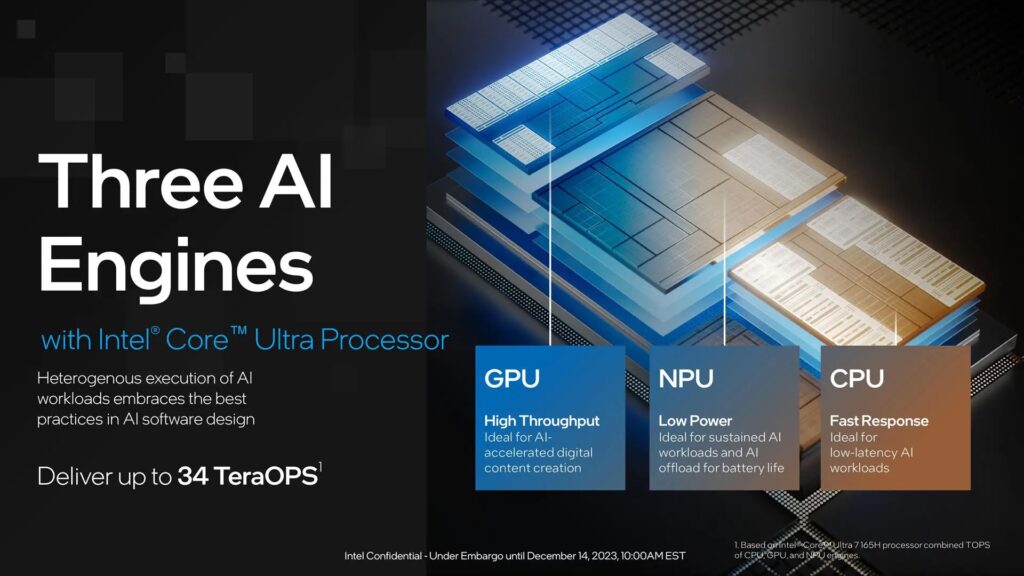
Intel has announced the official launch of Altera, its new standalone FPGA company. Furthermore, Altera announced new products and services designed to meet customer needs. The Agilex 9 is currently in volume production and features the fastest data converters in the industry. It is suitable for radar and military-aerospace applications that demand high-bandwidth mixed-signal FPGAs. The Agilex 7 F-series and I-series devices are now in production for high-bandwidth computing applications such as data centers, networking, and defense. The Agilex 5 is widely available for embedded and edge device applications. The Agilex 3 is set to be released soon for cloud, communications, and intelligent edge applications. (CN Beta, My Drivers, Intel, Digitimes, Silicon Angle)


Samsung has showcased small OLED screens in various form factors attached to various accessories and devices. The bending phone concept that Samsung Display showcased is called the Cling Band. It features a flexible OLED screen and can be used as a smartphone or a smartwatch, depending on the use case. In the candy bar mode, the device looks like any other smartphone, featuring a thin form factor, a bezel-less screen on the front, and a camera on the rear. It also features a USB Type-C port and a loudspeaker on the bottom. A groove-like structure supports the flexible screen when the device is bent. (Phone Arena, CN Beta, CNET, SamMobile)
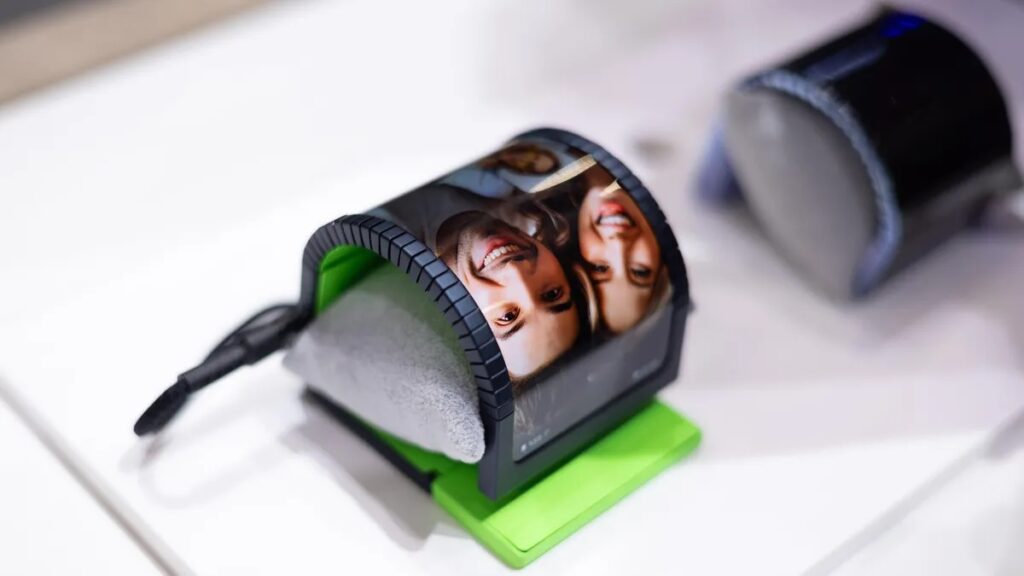
Motorola has announced a new partnership with Corning. Motorola has confirmed that it will use Corning Gorilla Glass protection on its entire smartphone line-up starting from 2H24. The company has noted that this move will reinforce Motorola’s commitment to provide cutting-edge technology and ensure widespread accessibility across its franchise. This announcement further strengthens the brand’s dedication to deliver high-quality products with advanced materials and technologies. (Android Authority, Times of India, GSM Arena, 9to5Google)
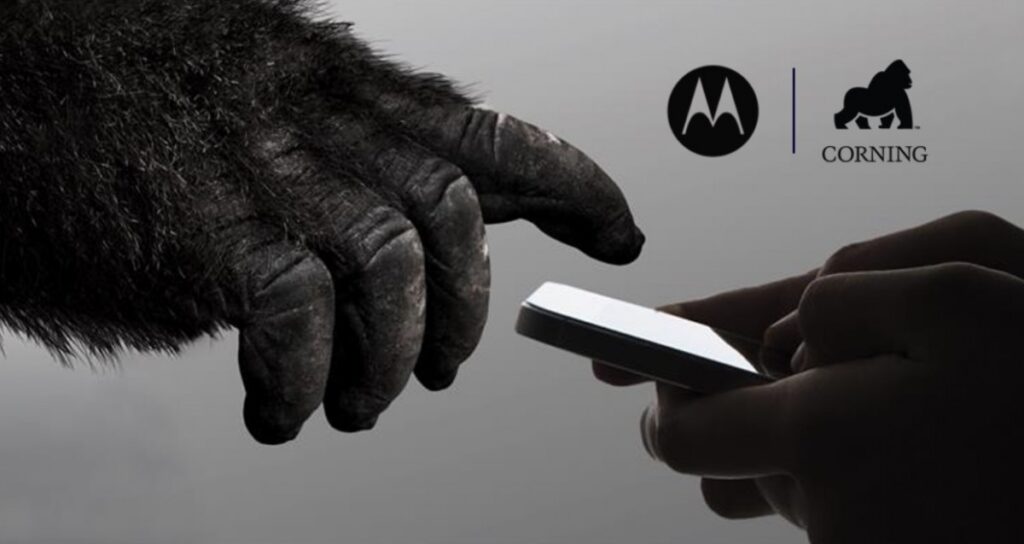
Apple has allegedly been developing foldables for the past 5 years, and its first foldable product will not be a smartphone, according to Digitimes. Apple has even reassigned Vision Pro developers to its foldable project, and its first foldable device will hit the market in 2026. Apple is concerned with the quality of foldable panels, which is why the company has been reluctant to enter the fray. Apple’s first foldable product will be a tablet or notebook, not a smartphone, which will not appear on the market until 2025 at the very earliest. (GSM Arena, Digitimes, Digitimes)

According to TF Securities analyst Ming-chi Kuo, Apple has canceled the Micro LED Apple Watch projects because Apple thinks that Micro LED cannot add significant value to this product, and the production costs are too high to make it economically viable. Apple has laid off many people from the Micro LED development team. There is currently no visibility on any Micro LED-related projects. Osram was Apple’s exclusive LED chip supplier for Micro LED. The company’s cancellation of its Micro LED collaboration with Apple means that Apple has no plans to mass-produce Micro LED devices in the foreseeable future. (CN Beta, MacRumors, GSM Arena, Osram, Twitter)
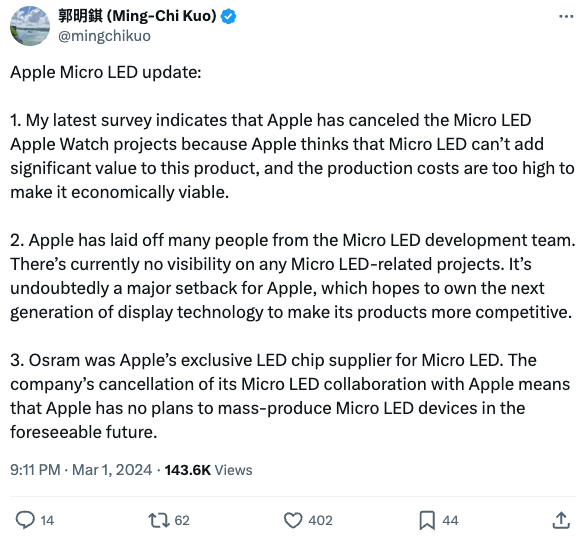

Xiaomi and Leica Camera AG have jointly announced the establishment of the Xiaomi x Leica Optical Institute. The Xiaomi x Leica Optical Institute will continuously promote deep innovation in mobile imaging optical technology, aiming to create an advanced mobile imaging optical system in this era of mobile photography. Xiaomi provides robust R&D resource support for the Institute. Currently, three major laboratories are planned in Beijing, with focuses on Camera Hardware, Imaging, and Objective and Subjective Image Quality Evaluation. (GSM Arena, Mi.com, Leica)
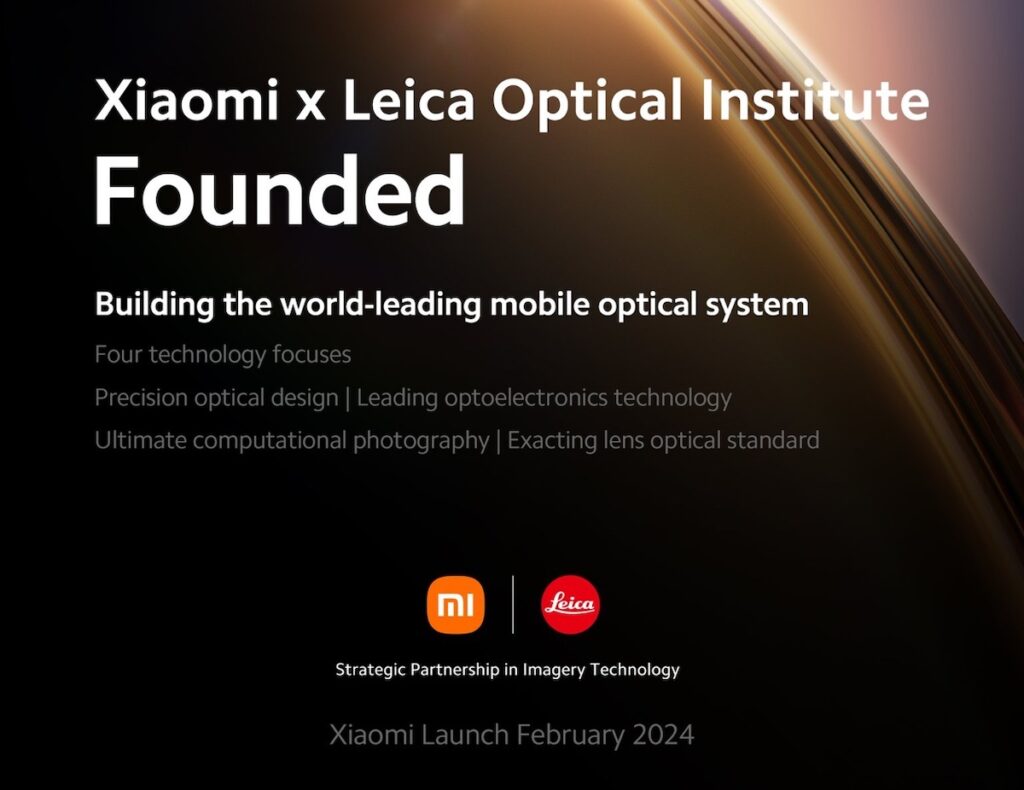

Micron has unveiled the world’s smallest UFS (Universal Flash Storage) package. Measuring just 9×13mm in dimension, it is an incredibly compact UFS 4.0 chip. The semiconductor company is currently sampling the new solution. Micron’s compact UFS 4.0 storage chip is built on its advanced 232-layer 3D NAND memory. The company claims a sequential read speed of 4,300 MB/s and a sequential write speed of 4,000 MB/s. These speeds are twice as fast as the firm’s 176-layer UFS 3.1 NAND. The new chip is also 25% more power efficient than the previous-gen solution. (Android Headlines, Micron)
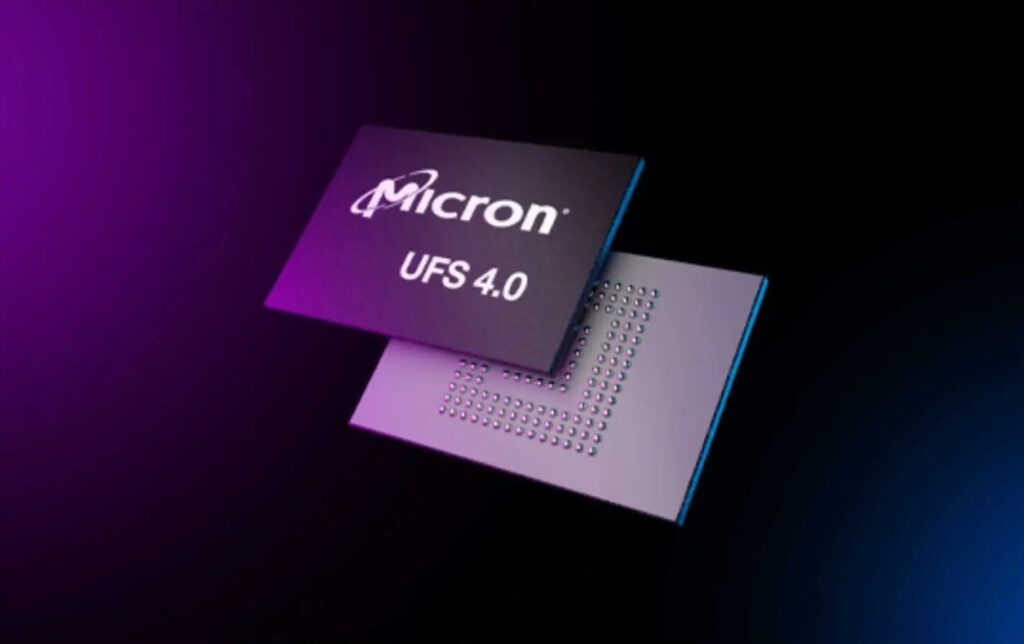
Samsung is now sampling 256 GB SD Express microSD cards, and also revealed it commenced mass production of 1 TB UHS-1 microSD cards. The SD Express cards by Samsung can reach up to 800 MB/s read speed. The cards will have a Dynamic Thermal Guard (DTG) to maintain the optimum temperature even during long usage sessions. Samsung created the 1 TB microSD card by stacking eight layers of its 8-gen V-NAND technology. The new card has already passed “the industry’s most rigorous test settings” and should offer reliable usage even in extreme temperatures. (CN Beta, Samsung, GSM Arena)


The government-backed Development Bank of Japan will invest more than JPY150B (USD1B) to build supply chain resilience in semiconductors, batteries and other industries vital to the nation’s economic security. The investments, to be spread out over 2 years starting from fiscal 2024, will come in the form of capital injections and subordinated debt. One of the key investments in this initiative is expected to be an injection of up to JPY15B to boost the production of automotive lithium-ion battery materials at Japan’s Artience (formerly Toyo Ink SC Holdings). This funding will support Artience’s JPY49B capital spending plan in Japan and overseas. Instead of conventional repayment, the DBJ will receive a share of earnings from Artience’s battery materials business over time. (CN Beta, Twitter, Asia Nikkei)
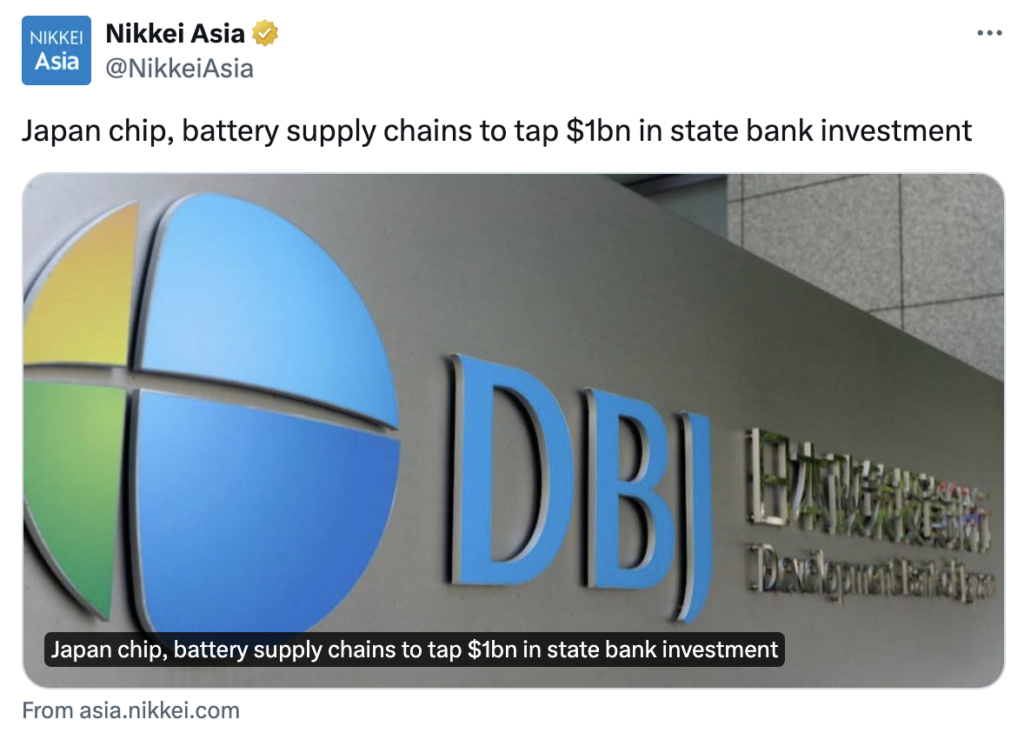

Infinix has introduced its new flagship cooling technology called CoolMax. Designed especially for high-end gaming smartphones, the brand’s new tech claims to reduce temperature by over 10 degrees Celsius. In addition, the company has also revealed plans to launch its first dual-core flagship gaming smartphone within 2024. Infinix’s CoolMax cooling technology utilizes Thermal-Electric Cooling and the Peltier effect to reduce the heating on gaming smartphones. The tech integrates both a cooling fan and thermoelectric cooling in a phone to achieve this feat. Both the Thermal-Electric Cooling and Peltier effect tech dynamic duo work together to keep the SoC temperature in check. The technology works in tandem with its AI algorithm. The AI algorithm dynamically adjusts large cores for heavy tasks and switches to the smaller/medium cores for lighter operations. (Android Headlines, PR Newswire)
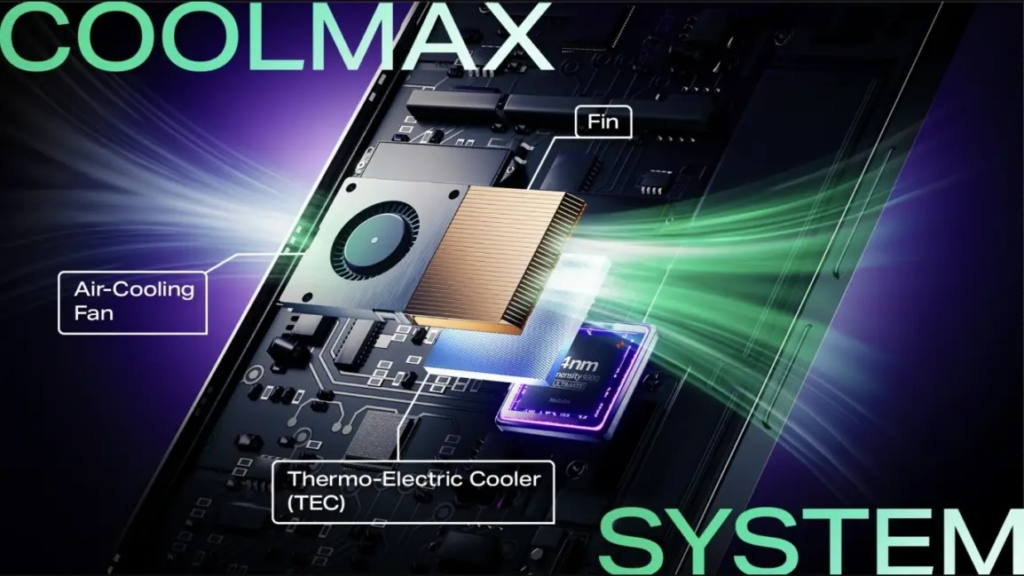

Google is reportedly preparing a “Satellite SOS” feature for Pixel devices. Google has confirmed it would bring satellite communication support to Android 14. A recent update to the “Adaptive Connectivity Services” app shows that Google may be getting ready to add the feature to Pixel phones. This feature would allow user to send messages to emergency services over satellite if user is unable to connect to a mobile network or Wi-Fi. (Android Headlines, Android Authority, Google News, Digital Trends)
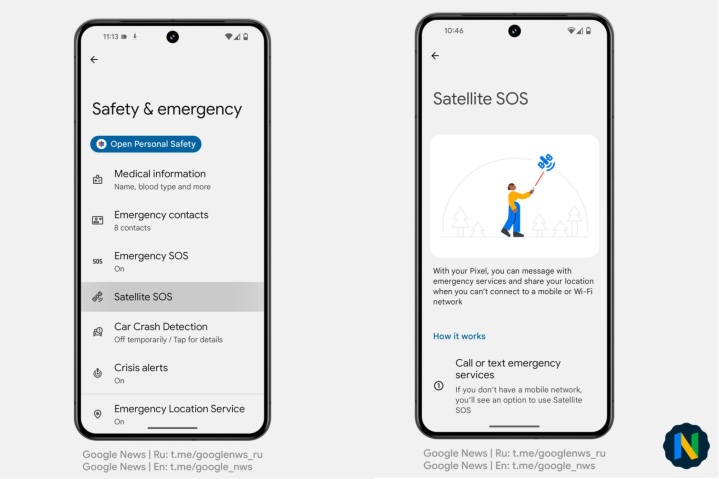

Xiaomi has revealed a list of devices that will get the HyperOS update in 1H24. HyperOS comes pre-installed on newer devices such as the Xiaomi 14 series, Watch S3, Smart Band 8 Pro, and Pad 6S Pro. Xiaomi has not specified the exact release time for the HyperOS update on any of these devices. (Gizmo China, GSM Arena)
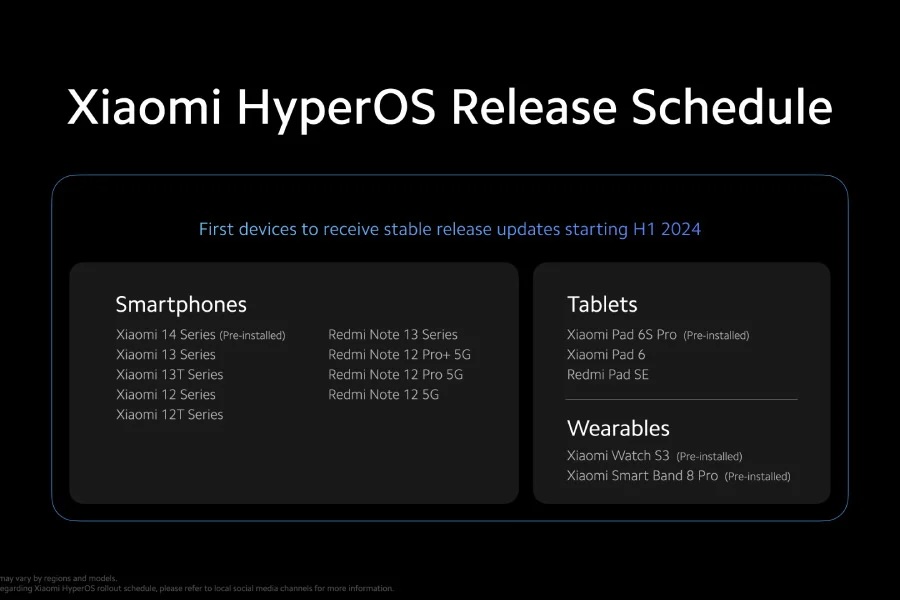
Honor’s CEO George Zhao has disclosed that Honor’s smartphone sales grew more than 200% in the EU in 2023. The brand predicts 100% growth in 2024. He has said that the company will utilize AI technology to drive growth. He claims that the intent-based UI found in MagicOS 8.0 is the future. Furthermore, Honor’s partnership with Meta and Google will bring on-device AI models. The brand’s latest Magic 6 Pro premium slab smartphone already has a working demo of Meta’s Llama 2 LLM (Large Language Model). Most importantly, Honor aims to increase its global phone sales to over 50% of its total sales in the next 3 years. Currently, this figure sits at 20%. (Gizmo China, Android Headlines, Android Authority)
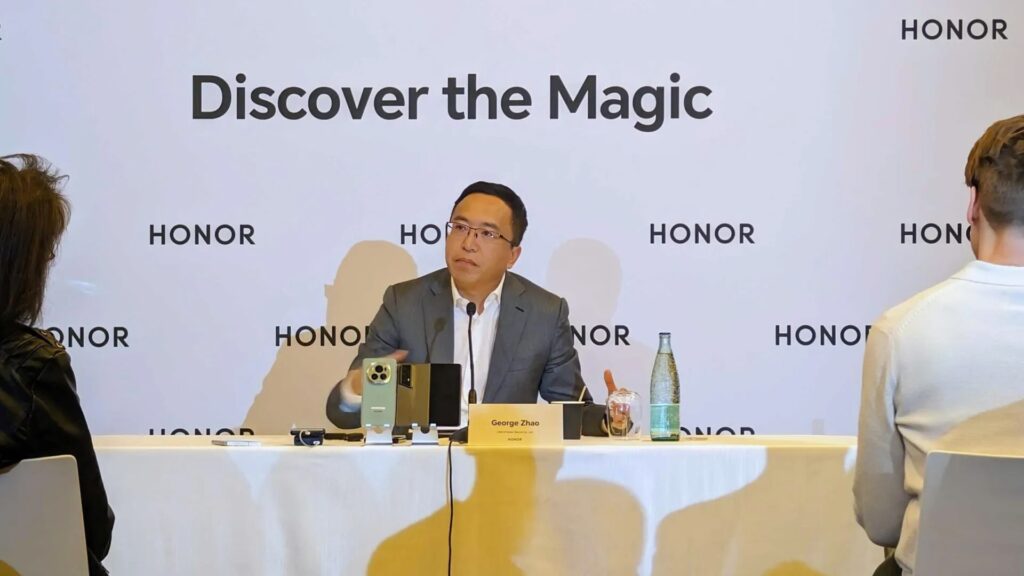
OPPO is coming back to Europe after resolving a patent dispute with Nokia. OPPO is forming a three-year “strategic alliance” with the carrier Telefónica to strengthen its expansion in the area. OPPO says all countries it operated in before will start getting its products again.(Android Authority, Twitter)
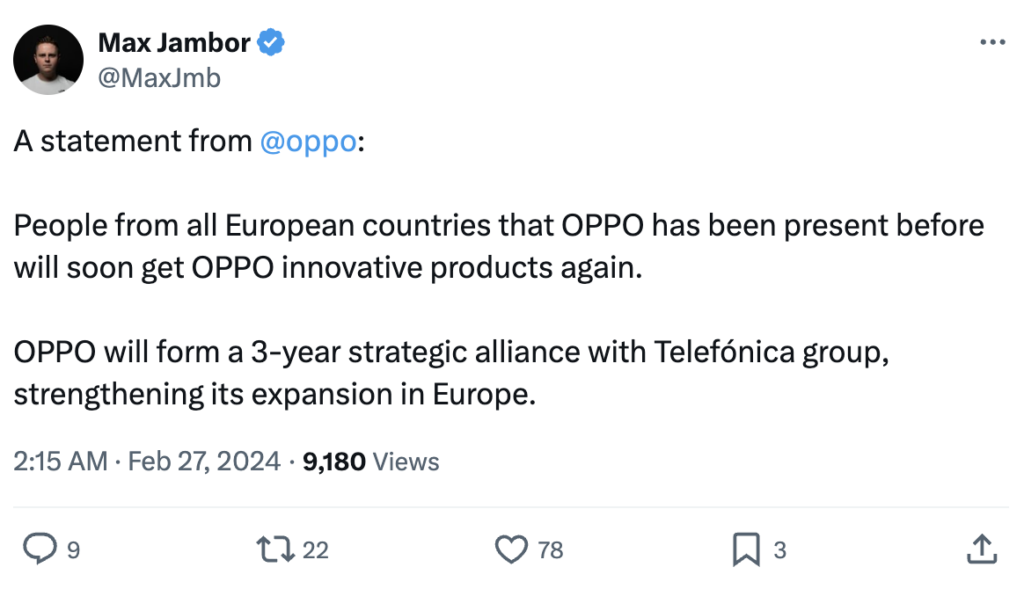
Tecno has announced a significant advancement in artificial intelligence (AI) for its smartphones. By collaborating with MediaTek and Google, Tecno aims to integrate powerful AI capabilities into its HiOS Android skin, leveraging the Dimensity 9300 and Dimensity 8300 chips along with Google’s Gemini Nano AI model. The integration of MediaTek’s Dimensity chips and Google’s Gemini Nano AI model into Tecno’s HiOS will offer users unprecedented AI functionalities, ranging from generative AI to advanced photography tools. With the introduction of Ella, Tecno’s proprietary AI assistant, users can anticipate a significant upgrade in voice assistant capabilities. Powered by Gemini Nano, Ella is expected to perform a wide array of tasks more efficiently. Furthermore, Tecno is set to revolutionize mobile photography with its AI enhancements, offering features like AI eraser and AI cutouts, alongside optimizing photos for a diverse range of skin tones.(GSM Arena, PR Newswire, Android Headlines, BNN)
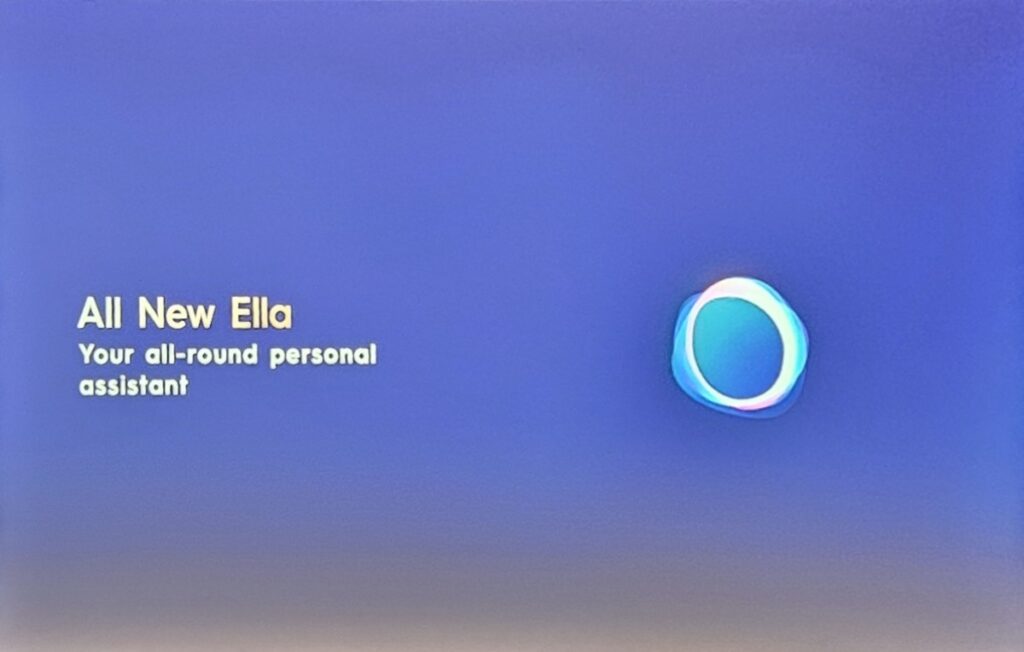

Samsung’s assistive wearable robot, previously known as GEMS Hip, was first revealed in 2019. GEMS Hip is meant to be more of a medical device, which is an exoskeleton type of wearable for people who might need to improve motor skills. Samsung reportedly plans to manufacture an initial batch of fewer than 100,000 Bot Fit units, with production scheduled for mid-2024. The company will supposedly push Bot Fit into mass production in 2Q24 / 3Q24 and announce or release the assistive robot in 4Q24. (Android Headlines, SamMobile, ET News)
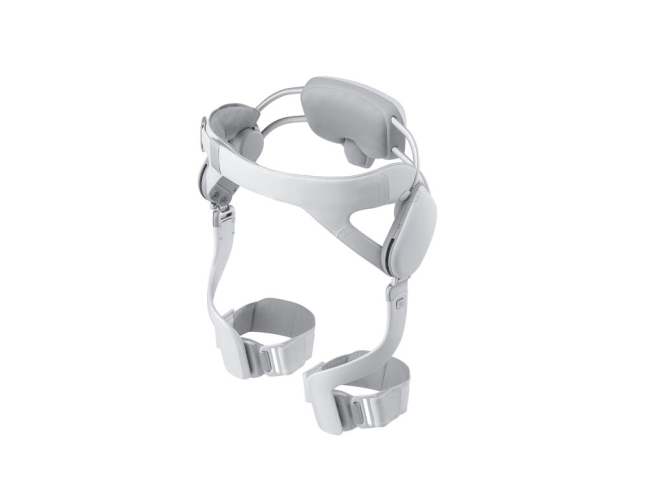
According to Bloomberg’s Mark Gurman, Apple is secretly working on a set of smartglasses, a health and fitness ring, and a pair of AirPods with cameras and advanced sensors. The smartglasses might be using artificial intelligence (AI) and cameras to identify real-world objects, built-in audio that would not require AirPods, and augmented reality (AR) overlays that provide data and graphics on top of the real world. The ring will primarily be used to measure health data. Its small, unobtrusive size could make it more comfortable to wear during exercise. The purpose of low-resolution camera on the aforesaid AirPods would be to take in surroundings and “capture data that would be processed via AI and assist people in their daily routines”. (Apple Insider, ET News, Bloomberg, 9to5Mac, Digital Trends)
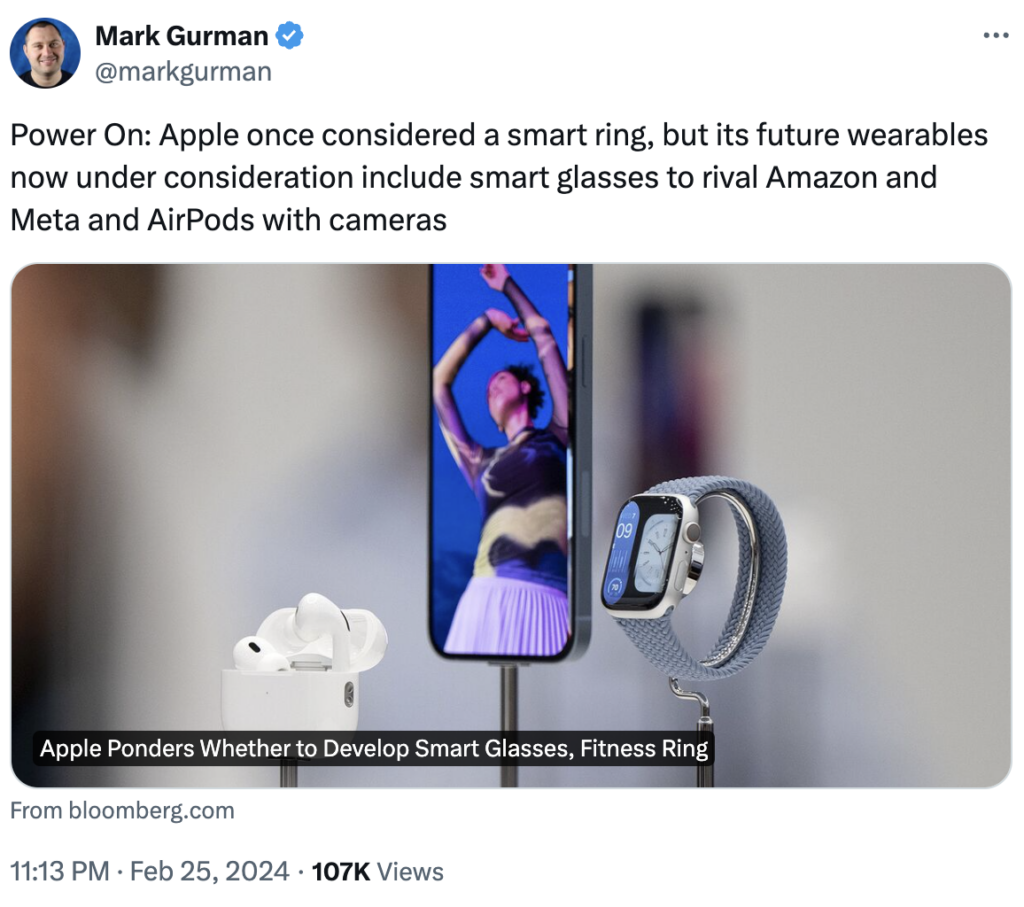
Samsung rolls out a feature-packed update for the Galaxy Buds 2 Pro, Galaxy Buds 2, and Galaxy Buds FE, enhancing their functionality within the Samsung ecosystem. Samsung’s AI-based ‘Interpreter’ tool allows users of the Galaxy S24 series to engage in seamless conversations with individuals speaking different languages. When paired with Galaxy Buds, users will be able to listen to the real-time translation of their conversation through the earbuds while the other party hears the translation through the phone’s speakers. It eliminates the need to pass the phone back and forth in order to listen to the translations. Auto Switch feature streamlines the Bluetooth pairing experience. When connected to two devices simultaneously, such as a smartphone and a tablet, the Galaxy Buds will automatically switch devices to accommodate incoming phone calls.(Android Headlines, Samsung)

Samsung has confirmed that it is working on making the Galaxy Ring compatible with other Android phones. However, The Galaxy Ring will not be compatible with the iPhone. Samsung says the smallest prototype ring at the event has a 14.5mAh battery. That size will incrementally go up, corresponding to the size of the ring. The largest ring was said to have a capacity of 21.5mAh.Android Authority, CNET)
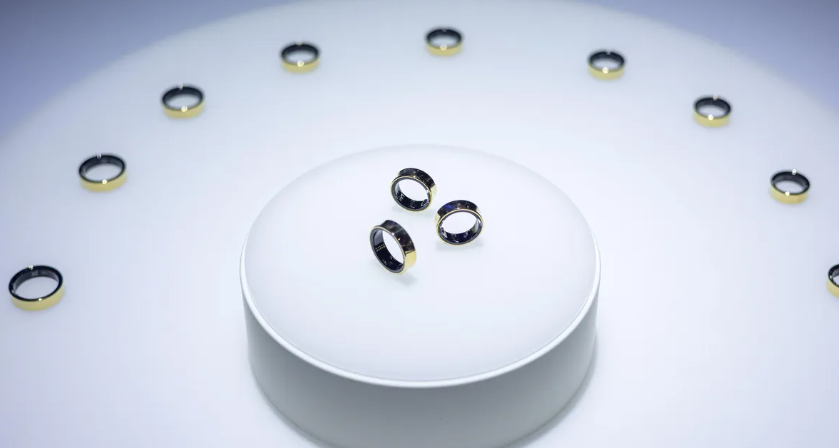

According to TF Securities analyst Ming-chi Kuo, the U.S. shipments of Vision Pro are expected to be 200,000–250,000 units in 2024, better than Apple’s original estimate of 150,000–200,000 units, but this is still a niche market. The current return rate for Vision Pro is less than 1%, with no anomalies. It is worth noting that 20-30% of the returns are due to users not knowing how to set up Vision Pro. Apple’s new Vision Pro project is expected to go into mass production in 4Q25–1Q26, with Hon Hai receiving the new product introduction (NPI). The new project focuses on improving the efficiency of production and supply chain management rather than changing specs. The new project may reduce costs, and the latest plan shows limited changes to product specs, so it is estimated that the user experience will not differ from the current model. Apple is already collecting user feedback for the Vision Pro product roadmap. It is currently estimated that new models with significant changes to the Vision Pro specification may not be in mass production until 2027. (MacRumors, Medium, Twitter)
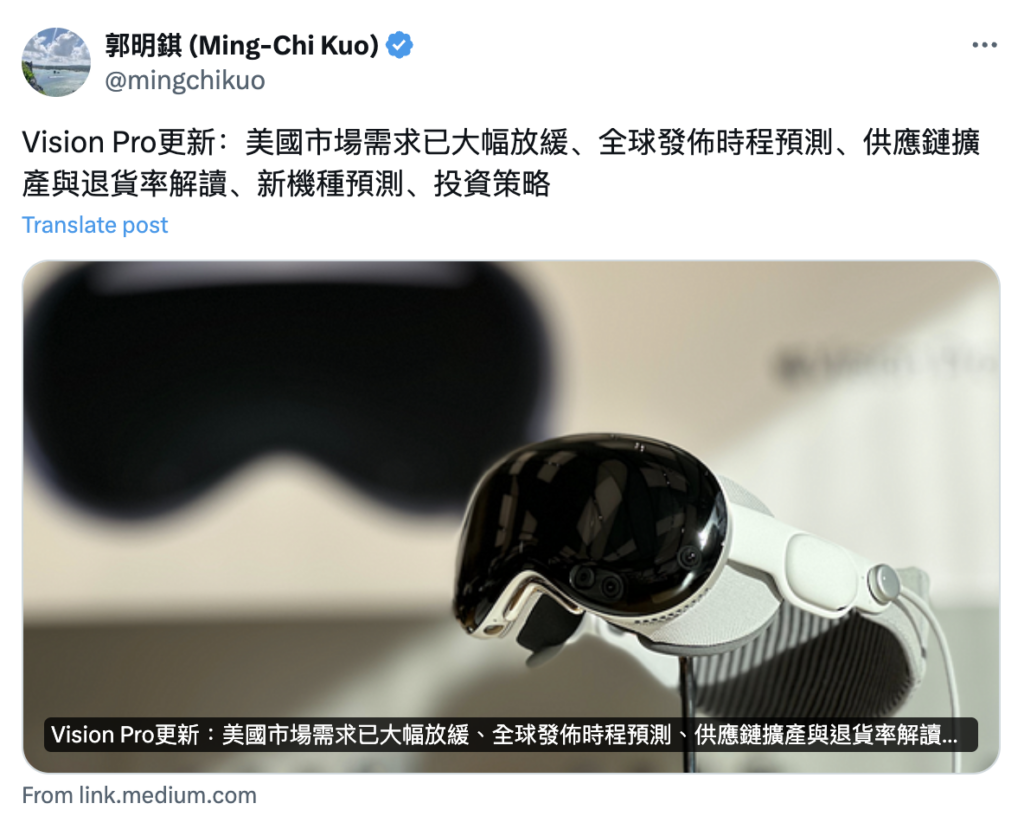

Apple has allegedly canceled all plans to release an autonomous, electric vehicle. Apple’s Chief Operating Officer Jeff Williams has reportedly told approximately 2,000 employees working on the Apple Car that the project was canceled, and the information reportedly came as a surprise. According to Bloomberg, senior Apple executives made the decision to wind down the Apple Car project in recent weeks. (MacRumors, Bloomberg, Medium)
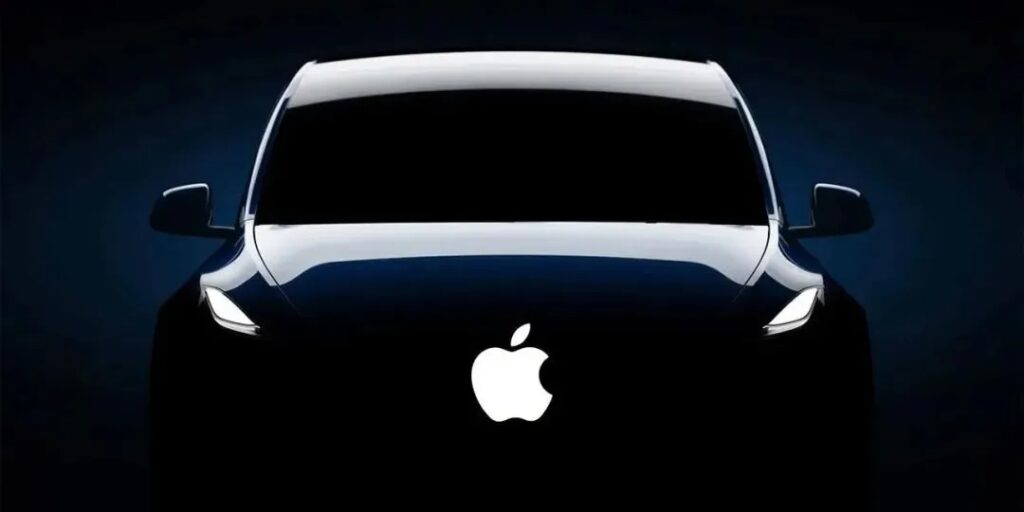
Ford, Mercedes-Benz, and Tesla occupy the top 3 spots in a new ranking of 18 global automakers based on their efforts to eliminate carbon emissions, environmental harms, and human rights violations from their supply chains. The rankings were compiled by Lead the Charge, a global coalition of leading climate, environment, and human rights organizations that includes the Sierra Club, The Sunrise Project, and Public Citizen, among others. The group started evaluating automaker supply chains in 2023, with the goal to release an updated ranking each year. (The Verge, Lead the Charge, CN Beta)
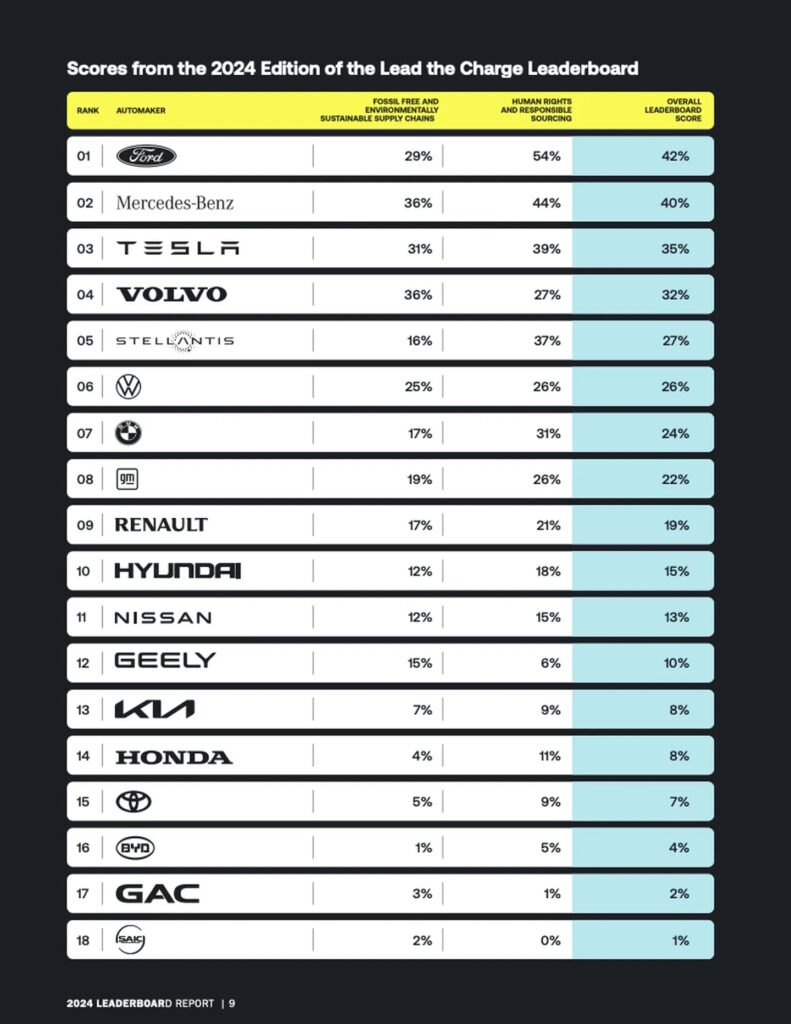
German automaker Volkswagen and Chinese electric vehicle (EV) partner XPeng said the first car they plan to develop together will be an SUV for which they will jointly source parts. Under a “master agreement” for platform and software collaboration, the automakers in a statement said they will start a joint sourcing program for platform and vehicle parts used by both partners, leveraging scale to reduce cost. Cars produced through the partnership will carry the VW logo but feature a jointly developed platform based on the G9 “Edward” technology of the decade-old startup.(CN Beta, Reuters, WSJ, Volkswagen, Yahoo)
